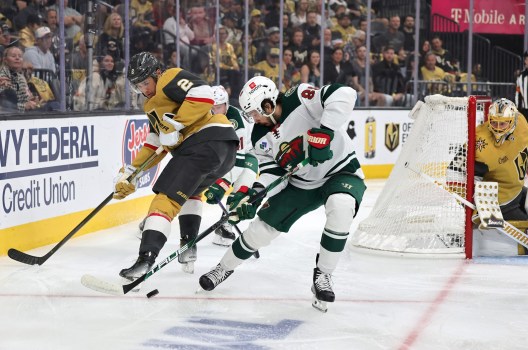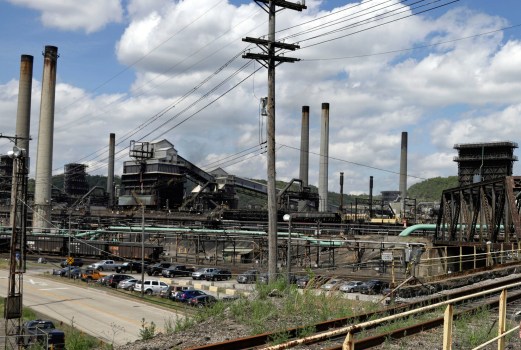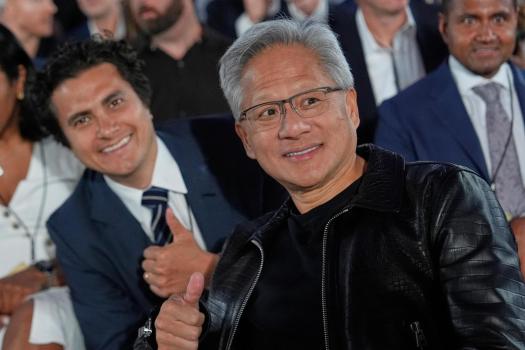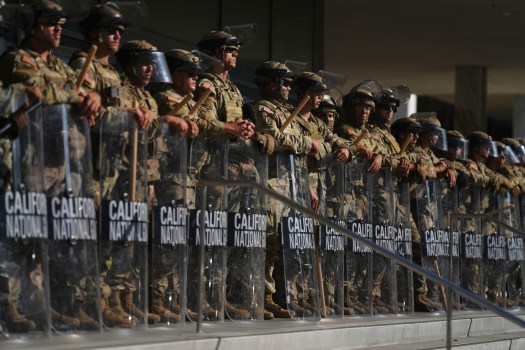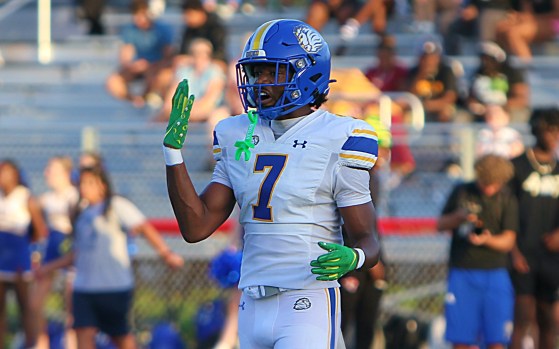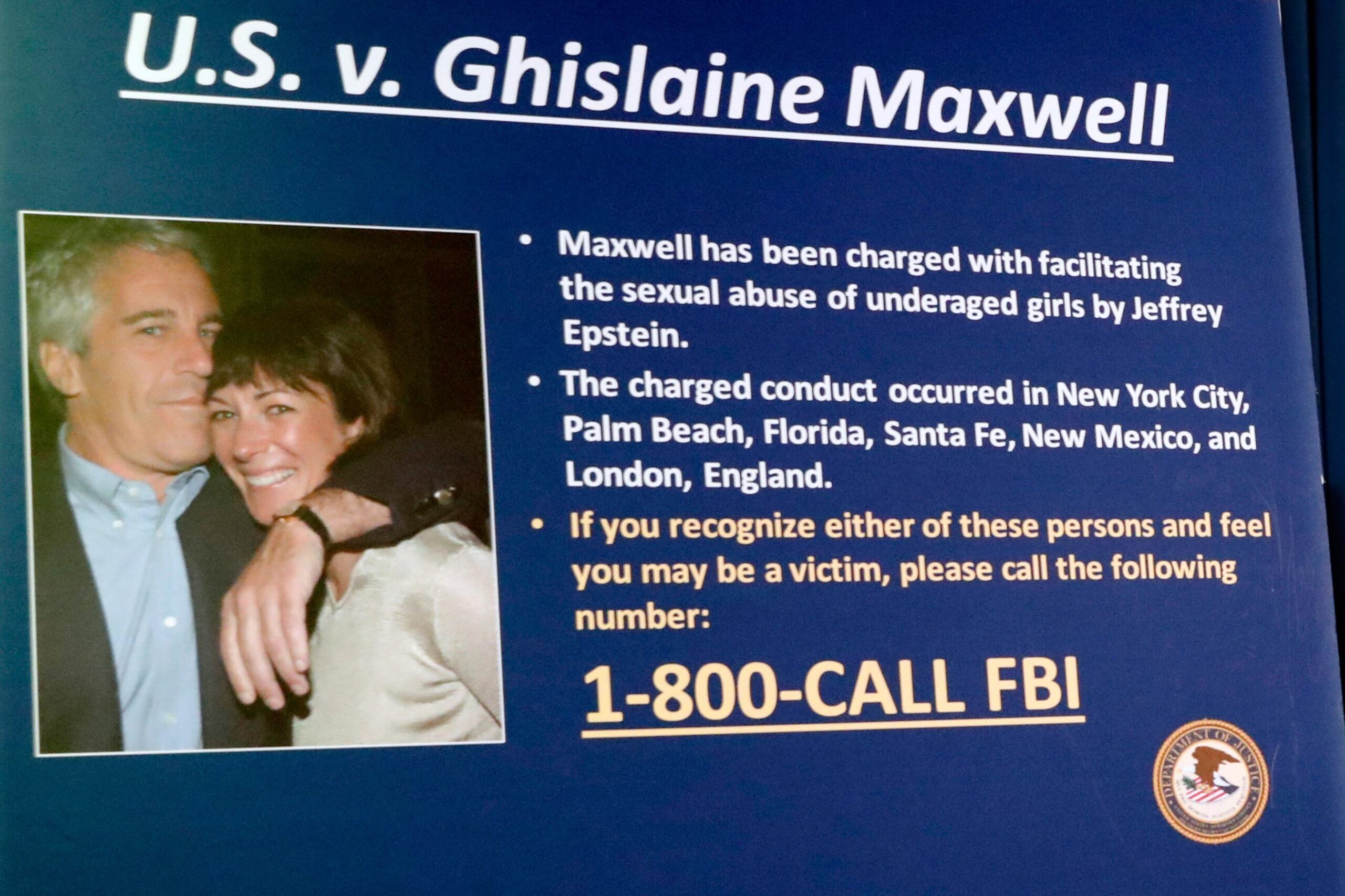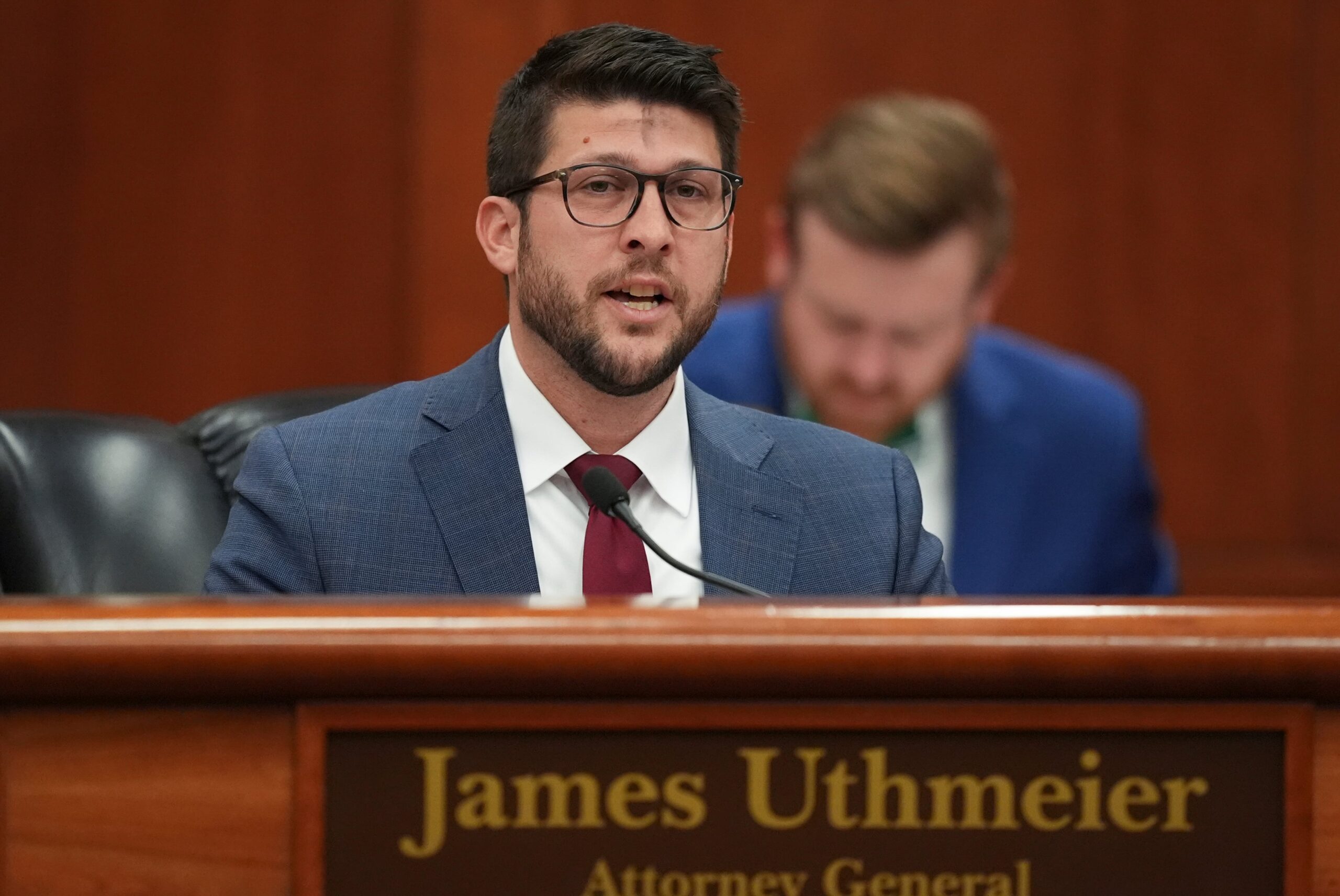As part of an extension of the collective bargaining agreement that the league and the Players Association have tentatively agreed to, the NHL will play an 84-game season.
In Los Angeles on Friday, prior to the first round of the draft, they announced a memorandum of understanding. The Board of Governors and the entire NHLPA membership still need to approve it.
According to two persons who spoke to the Associated Press on Thursday, the regular season will now include two extra games, players will be able to sign contracts with shorter maximum lengths, and the playoffs will see the first-ever salary cap.
Following their agreement during the 4 Nations Face-Off in February to jointly host a World Cup of Hockey in 2028, the NHL and NHLPA started serious negotiations this spring. Commissioner Gary Bettman and union executive director Marty Walsh expressed optimism that an agreement could be reached swiftly, given that income is breaking records every year and the cap will grow enormously in the upcoming years. Unlike prior labor talks, there were no conflicts on a number of important areas.
John Tavares of Toronto, who is entering his 17th season, stated that there has been amazing progress and that the future is amazing on many levels. I believe that everyone in the sport benefits much from things being predictable. That partnership is fantastic, and I appreciate how cooperative it has been.
Since the last lockout in 2012–13, which reduced that season to 48 games, the sport has had labor peace until 2030. What is changing is as follows:
Starting in 2026–2027, the season will consist of 84 games instead of 82, for a total of 1,344 games. It is anticipated that the 32 NHL teams will only play four games each during exhibition play.
In order to guarantee four matchups per season between rivals like Toronto and Boston, Dallas and Colorado, and Washington and Pittsburgh, the additions would be played within divisions. At the moment, certain division opponents only play each other three times a season due to a rotation.
In 1992–93 and 1993–94, the NHL tried an 84-game schedule in which each team added two neutral-site games.
Players have had the option to join with one team for up to seven years and re-sign with their own for up to eight years since 2013. Each would be cut by one year under the new CBA.
Top players have favored the longest contracts available due to the risk of injuries in the sport. General managers are also motivated to retain talent for as long as feasible. Top players who have inked hefty eight-year contracts include Nathan MacKinnon, Sebastian Aho, Leon Draisaitl, Juuse Saros, Travis Konecny, Mathew Barzal, and, as recently as March, Mikko Rantanen.
Trent Frederic, who agreed to an eight-year contract with the Oilers on Friday, stated, “I suppose that could be a rarity now.” Seven years is not as good as eight. Locking in before that changes is a good idea.
The salary cap can now be exceeded by teams having players on long-term injured reserve by about the players’ salaries until the start of the playoffs.
Stanley Cup contenders have utilized LTIR on multiple occasions in the last ten years to activate players who missed part or all of the regular season at the beginning of the playoffs.
Before winning the second of back-to-back titles, Florida accomplished this feat with Matthew Tkachuk; Vegas has done so several times with Mark Stone; Tampa Bay has done so with Nikita Kucherov; and Chicago has done so with Patrick Kane.
Critics say the rule is an unfair loophole that allows teams to hoard talent and then add more for the postseason. In 2021, Dougie Hamilton said that the Hurricanes lost to a team that was $18 million above the cap after he and Carolina were eliminated by the Lightning. When Tampa Bay celebrated their Cup victory, players donned T-shirts with that inscription on them.
It’s unclear exactly how it will work, but that will no longer be an option.
